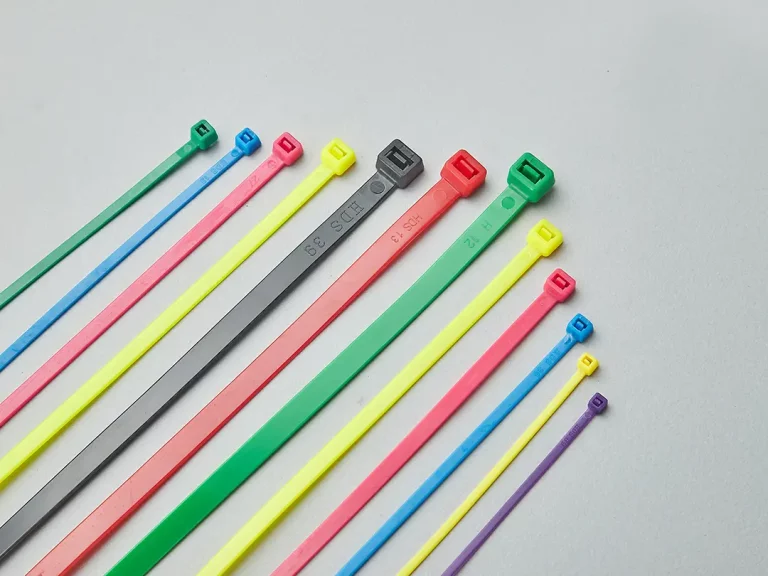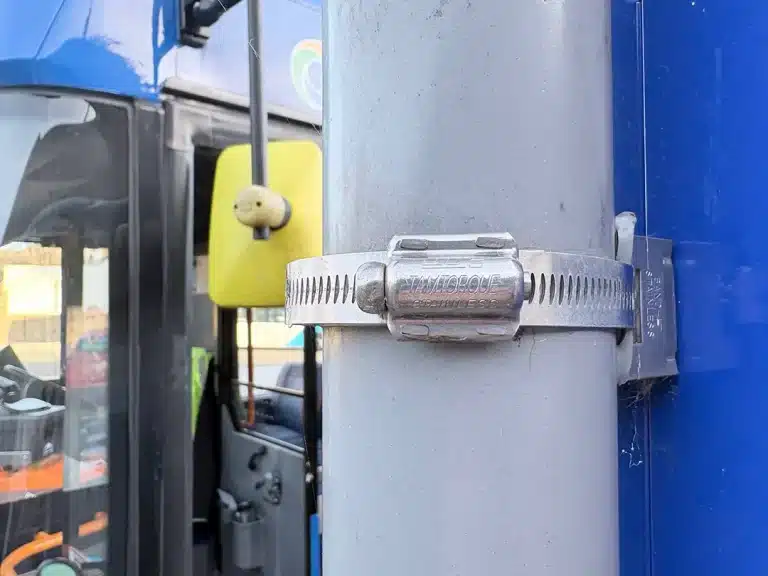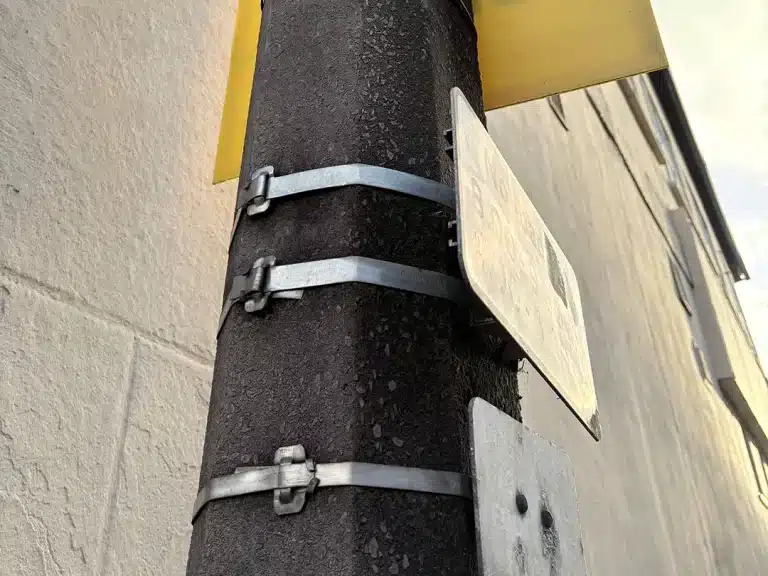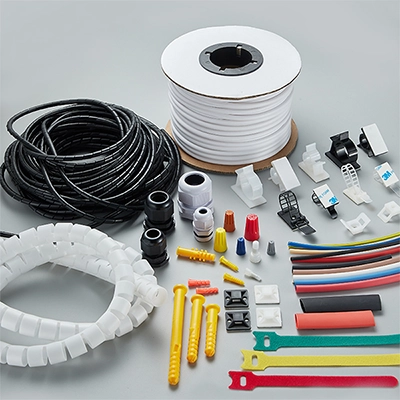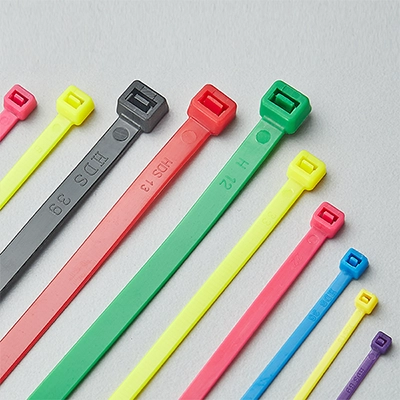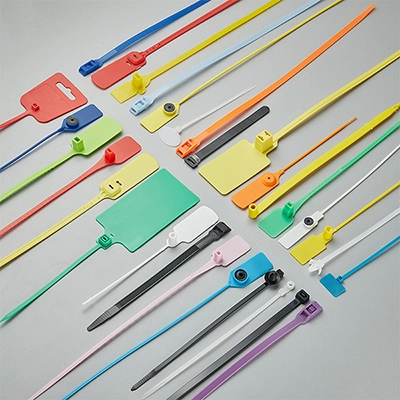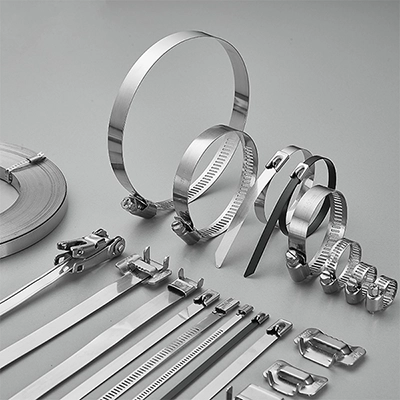How to use zip tie snow chains for vehicles? Driving on snow-covered roads in winter poses significant challenges and hazards. To ensure driving safety, we often choose to attach “grippers” to the vehicle’s wheels, providing extra traction for steady driving and reducing the risks of sliding and losing control.
Our Zip Tie Snow Chains excel with high cost-effectiveness and extremely simple installation methods, standing out among the heavier traditional snow chains. These zip tie snow chains help us maintain vehicle stability on icy, snowy, or muddy roads. In this article, we will introduce the correct way to use zip tie snow chains, ensuring you can drive safely under harsh conditions.
1. Select the Appropriate Size of Zip Tie Snow Chains
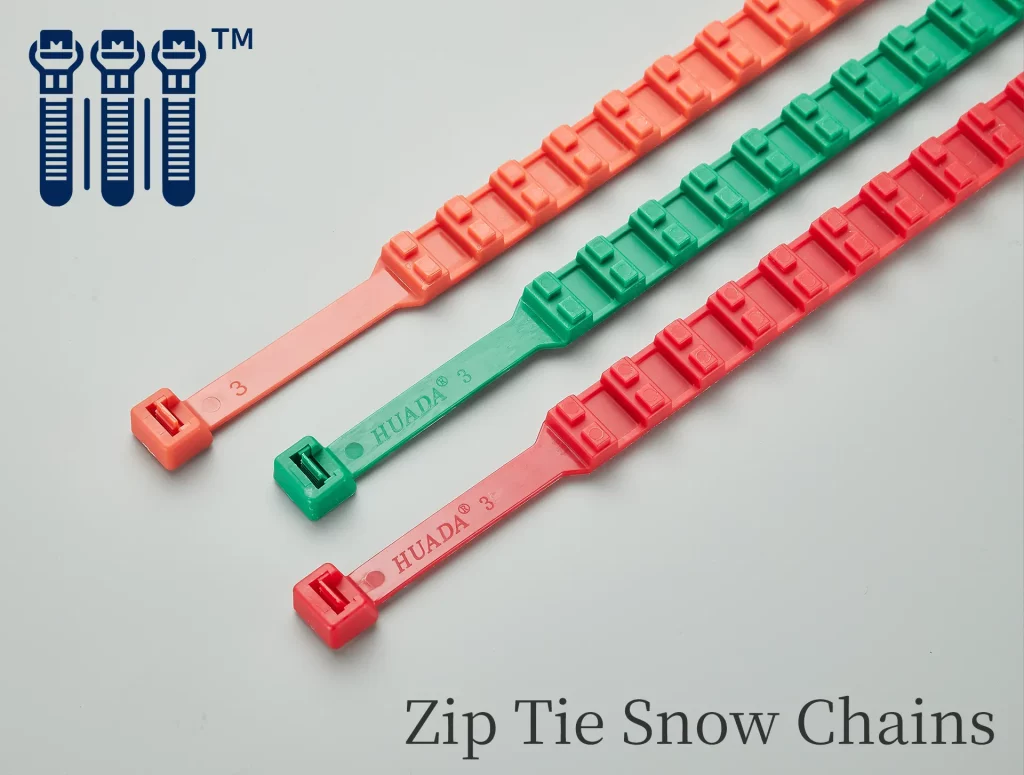
Tire size matching is crucial for the effective use of zip tie tire chains. Choose Zip Tie Tire Chains that fit the tire size of your vehicle to ensure proper installation and compatibility. Our Zip Tie Snow Chains NCL-12X900, measuring 900mm in length, are designed to cover most tire sizes available on the market. Their width is increased from the standard 9mm to 12mm, providing better wear resistance, cold resistance, and tensile strength.
2. How to Use Zip Tie Snow Chains
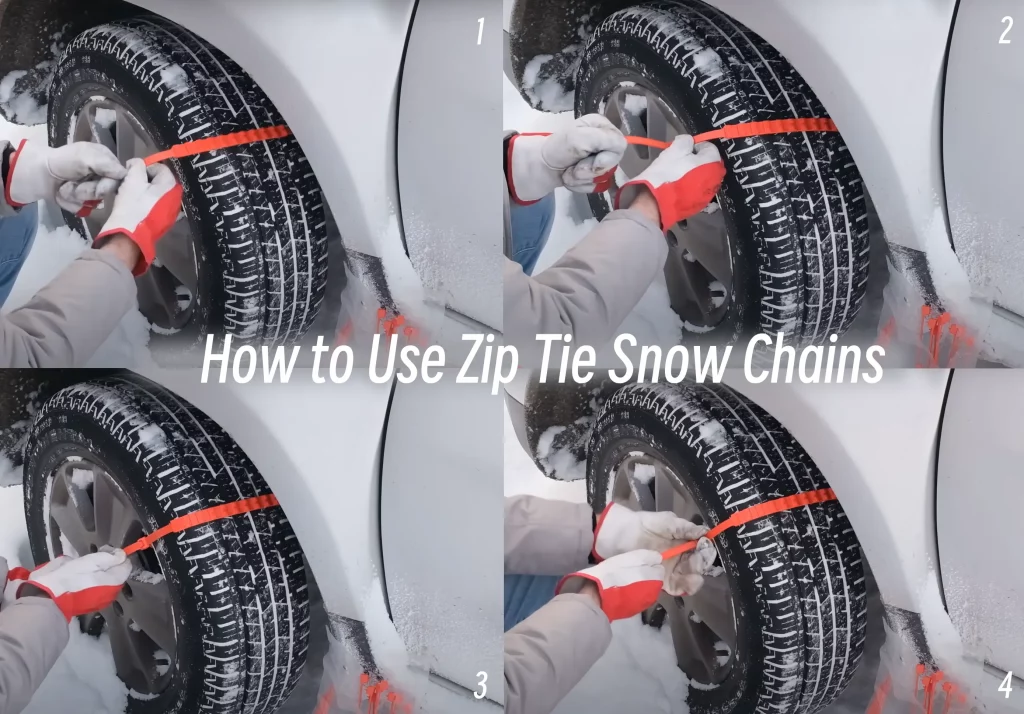
Step 1. Preparation: Ensure the vehicle is parked on a flat, safe surface before installation. Turn off the engine and engage the parking brake to ensure safety during installation.
Step 2. Installation: Simply pass the zip tie through the wheel hub and tighten with the anti-skid side facing outwards. For instance, if a wheel has ten spokes, you can fit nine Zip Tie Tire Chains, as they might shift around the spokes. Avoid installing the spoke with the valve stem. Also, be cautious not to entangle the brake hose with the wheel hub during installation, as it could be torn when the vehicle starts.
Step 3. Adjustment and Testing: After installation, adjust the zip ties as necessary. Ensure the chains are correctly positioned and adjust their length to ensure a secure fit. Avoid over-tightening or leaving them too loose; maintain moderate tension.
Step 4. Cut Off Extra Zip Tie: After you have put the zip tie snow chains on and adjusted them, it’s important to cut off any extra part of the zip ties. This is to make sure the extra bits don’t get tangled in the wheels. Use scissors or a cutter to trim the extra zip tie as close as you can to the head of the tie.
3. Precautions and Maintenance
- Speed Limitation: Keep the vehicle’s speed below 40km/h when using zip tie snow chains. Avoid speeding or sudden acceleration, and maintain a steady and smooth driving style to minimize additional stress on the chains.
- Regular Inspection: Periodically check the condition and tightness of the zip tie snow chains. Especially after long use or driving through harsh conditions, inspect for any loosening, wear, or damage. If any issues are found, replace or repair them promptly.
- Timely Removal: Remove the zip ties when road conditions improve or return to normal. Using them on regular roads can increase tire wear and the risk of damage to the chains. Remove them as soon as they are no longer necessary.
Conclusion
Zip tie snow chains are vital for ensuring driving safety, providing additional traction and stability, and enabling drivers to navigate adverse road conditions. Whether on snow-covered mountain roads or muddy, slippery trails, our zip tie snow chains provide essential traction and stability. Using zip tie snow chains, you can enjoy a secure driving experience in challenging weather and road conditions.
